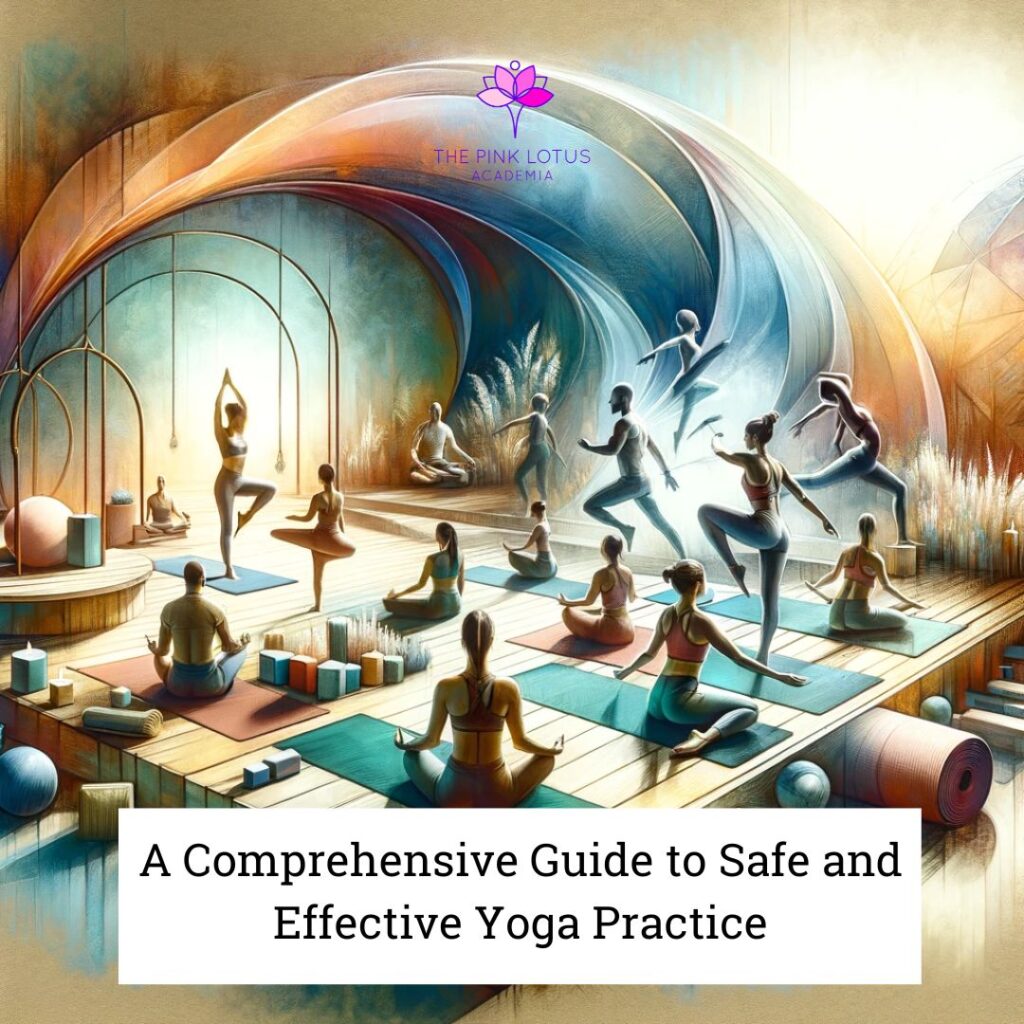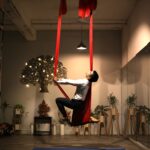Introduction to Yoga and Body Awareness
Yoga, an ancient practice rooted in fostering harmony between mind and body, is more than just a series of poses—it’s a journey towards self-awareness and inner peace. Understanding and respecting the body’s limitations is a crucial aspect of this journey. This comprehensive guide aims to provide insights into how to practice yoga safely, effectively, and in a way that is in tune with your body’s unique needs.
The Importance of Knowing Your Body
Every individual’s body is different, with its own strengths and limitations. It’s essential to listen to your body and understand these unique characteristics to prevent injuries and ensure a healthy yoga practice.
Factors to Consider:
- Body Type: Recognize your body’s natural structure and adapt poses accordingly.
- Past Injuries: Be aware of previous injuries and avoid poses that might exacerbate them.
- Age and Health Conditions: Tailor your practice to suit your age and any health conditions.
Personalizing Your Yoga Journey
A personalized yoga journey is about finding the right balance between challenge and safety. Customizing your routine to fit your physical capabilities is not a limitation but a smart way to practice.
Customization Tips:
- Use Props: Utilize yoga blocks, straps, and bolsters for support and alignment.
- Pose Variations: Explore different variations of poses to find what works best for you.
- Pace Yourself: Progress at a pace that feels right for your body.
The Role of Breathing in Yoga
Breathing is a powerful tool in yoga. It connects the physical with the mental, helping to align and focus the practice. Proper breathing not only enhances the effectiveness of the poses but also plays a vital role in preventing injuries.
Breathing Techniques:
- Ujjayi Breath: Practice this calming breath to maintain a rhythm in your practice.
- Deep Breathing: Use deep breathing to release tension and relax muscles.
The Significance of Warm-up and Cool-down
Starting and ending your yoga session correctly is crucial. A proper warm-up prepares your body for the session, while a cool-down helps in muscle recovery and relaxation.
Warm-up and Cool-down Strategies:
- Dynamic Stretching: Begin with gentle, dynamic stretches to warm up the muscles.
- Gradual Cooling: End with slower, deeper poses to cool down the body.
Recognizing and Preventing Yoga Injuries
Awareness of potential yoga injuries is vital for a safe practice. Understanding common injuries helps in taking proactive steps to prevent them.
Common Injuries:
- Neck Strain: Avoid putting too much pressure on the neck in poses like Shoulder Stand.
- Lower Back Pain: Be cautious with forward bends and twists, keeping the back straight.
- Shoulder Injuries: Be mindful of alignment in poses like Chaturanga.
Integrating Restorative Yoga
Restorative yoga plays a significant role in a balanced yoga practice, especially for those recognizing their body’s limitations. These gentle poses help in recovery and relaxation, reducing the risk of injuries.
Restorative Poses:
- Legs-Up-The-Wall Pose: This pose helps in relaxation and reducing lower back pain.
- Supported Child’s Pose: A comforting pose that releases tension in the back and shoulders.
The Power of Mindfulness in Yoga
Mindfulness is the practice of being fully present and engaged in the moment. In yoga, mindfulness helps in understanding the body’s signals, preventing overexertion and injuries.
Practicing Mindfulness:
- Body Scan: Regularly check in with each part of your body during practice.
- Mindful Movement: Move with intention and awareness in each pose.
Seeking Expert Advice
Consulting with experienced yoga instructors or healthcare professionals can provide personalized guidance tailored to your body’s needs. They can offer adjustments, modifications, and advice to enhance your practice.
Long-Term Benefits of a Safe Yoga Practice
A safe yoga practice offers numerous long-term benefits, including improved flexibility, strength, and mental well-being. By respecting your body’s limits, you ensure a sustainable and rewarding yoga journey.
Conclusion
Embracing your body’s limitations in yoga is a journey of self-awareness and adaptation. It allows for a practice that is not only safe but also deeply personal and fulfilling. By understanding your body, practicing mindfulness, and customizing your yoga journey, you create a sustainable practice that promotes overall well-being and longevity in your yoga journey.
Instagram: @thepinklotusacademia
Facebook: @thepinklotusacademia
Faculty:Kaavita Das
Enquire Now: Click Here
Yoga Apparells: https://amzn.to/47sUDQs
Aerial Hammock:https://amzn.to/49Umcnq
Learn more: The Pink Lotus Academi














